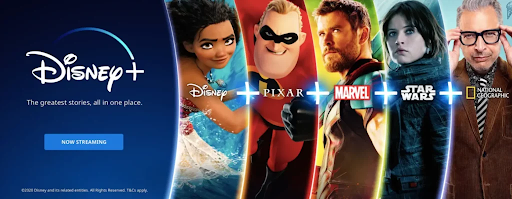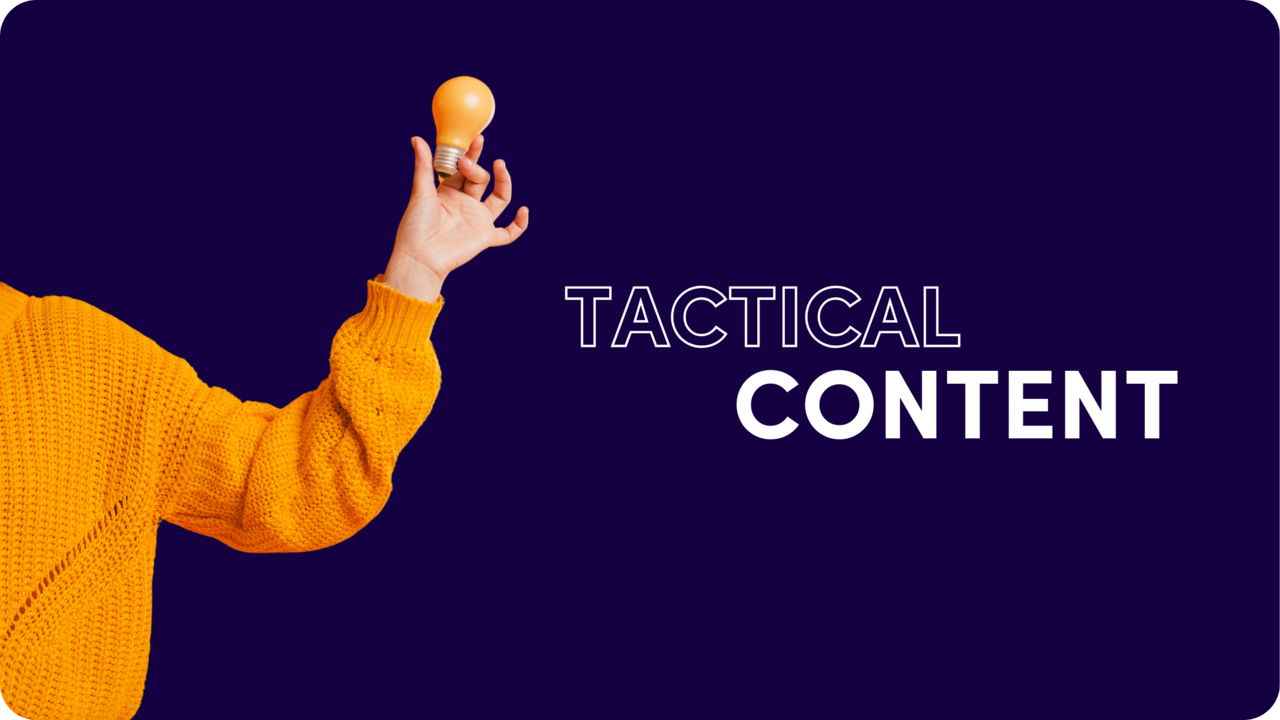Breaking Through the Noise: Understanding and Overcoming Banner Blindness in Your Ad Campaigns

Imagine walking down a busy high street, with shops, sale signs, and billboards surrounding you on all sides.
But you’re wearing blinkers.
All you can see is the path ahead. The promotions and ads are wasted on you.
Okay, so this may seem exaggerated, but it’s not so different from the online phenomenon of banner blindness.
When people are banner blind, it’s like they’re blinkered. They’re focused solely on getting the online information they want. Everything else fades into the background.
Worryingly for advertisers, banner blindness is becoming more and more common.
Back in 2013, the average click-through rate (CTR) for banner ads was 1%. Recent research shows that now it’s more like 0.05%.
So, digital ads must be over, right? Or at least on their way out?
Not so fast. Digital ads, even banner ads, are still incredibly profitable.
You just need to apply strategies that cut through the noise.
This guide will dive deep into the strategies you need to beat banner blindness, such as playing to the human desire for novelty, tracking user behavior, and the power of personalization.
What is Banner Blindness?
Banner blindness is something you’ve probably experienced yourself without knowing it. Most of us scroll through online content quickly, often ignoring the ads. We’re focused on getting the information we’re interested in and nothing else.
In psychology, this is a recognized phenomenon known as “selective attention”.
Put simply, it’s a defense mechanism against feeling overwhelmed. We can’t possibly take in everything that surrounds us. We’d end up with information overload pretty quickly. This is especially true in the online world, where we’re constantly exposed to a ton of information, including ads.
This poses a real challenge for digital marketers.
How do we make ads that register in people’s consciousness and attract their true attention?
Don’t worry, there is hope and we’ll explore some helpful strategies in just a moment.
Why is Banner Blindness Such a Big Deal?
If we wind the clock back to the early days of the internet, banner ads were a novelty.
Seems unbelievable now, but once upon a time, they were a fresh, exciting way to catch attention. For this reason, click-through rates were high and marketers were having a field day.
But, as with most shiny new things – the novelty soon wore off.
These days, digital ads are everywhere. People have grown tired of them. Desensitized.
And here’s the interesting part – as banner blindness has grown, it has sparked a revolution in ad formats.
You’ve probably seen more innovative display ads popping up. Creative ads that stand out from the crowd, grabbing and keeping people’s attention.
For instance, this striking banner ad from Disney uses bold design and popular characters to catch attention:

Another approach is to use simple graphics with a thought-provoking message, like this one from Ridge:

These days, advertisers are forced to think outside the box and make ads that are more eye-catching, more attention-grabbing, and more creative than ever.
With banner blindness unlikely to go away any time soon, you have no choice but to innovate. That’s where technology can help. Smart technology makes it easier than ever to create interactive ads that jump out from the screen.
Platforms like Outbrain are leading the way in terms of interactive ad formats, with advanced ad placements, such as:
- Carousel Ads showcasing multiple products in a single unit
- Click-to-Watch video ads that engage users with compelling video content
- Pre-Roll videos that catch attention right away
- Plus more – see all ad specs here.
These interactive ads are built on the understanding that today’s users want to engage with content, not just passively consume it.
A big step towards overcoming banner blindness is to offer a value exchange – users get an engaging experience in return for their attention.
Strategies to Overcome Banner Blindness
To get your ads noticed, you need them to be relevant and engaging for your audience.
Here are some strategies to cut through the noise:
1. Personalize your ads
We all like it when somebody pays close attention to us. It feels good to be seen and understood. That’s the power of personalization.
Personalized ads are more like a conversation. You’re trying to enter the conversation that’s going on inside your target prospect’s head. So, rather than ‘broadcast’ your marketing message – start a conversation instead.
For example, if you’re advertising a coaching service for young entrepreneurs, use visuals and language that inspire them to want to find out more about your product. You could say something like “Looking for an experienced hand to guide your first business venture?” to let them know you understand their problems and pain points. Then build curiosity by following up with a call to action like “7 key startup strategies from an experienced entrepreneur – download now”.
2. Target with precision
There’s no such thing as one-size-fits-all in advertising anymore, especially in the age of banner blindness. As soon as possible, segment your audience and tailor ads to appeal to the different target personas.
Native advertising is a great way to integrate your ads into the user’s browsing experience for various segments. Native ads, unlike traditional banner ads, blend in with the content, making them less intrusive and more engaging. If you’ve segmented your audience well, you can post native ads in the right places and at the right time to attract attention.
3. Use interactive ads
Interactive ads invite the user to engage rather than simply view an ad. Look to incorporate multimedia elements such as video, which is a highly effective way to capture attention. Interactive elements like GIFs or quick polls may also increase engagement. These formats keep people interested and more importantly, create a more memorable experience.
4. Plan carefully & optimize
Bombarding users with the same ads over and over can lead to ad fatigue. On the flip side, underexposure might mean people never notice your ad. There’s a fine balance.
The best bet is to use analytics to understand the best times to show your ads and how frequently to display them. The goal is for your ads to remain fresh and engaging without being overwhelming or annoying.
Success! How SNCF Connect Overcame Banner Blindness with Outbrain
Leading French railway distributor and online travel agency SNCF rebranded in 2022, consolidating all its services under the new SNCF Connect brand.
SNCF Connect communicated this rebranding across multiple channels including TV, social media, search, display, and open web marketing. SNCF Connect teamed up with Outbrain to make the rebranding campaign more effective.
Outbrain’s Click-to-Watch (CTW) ads shifted away from traditional banner ads to a more interactive format. CTW requires users to click if they want to play the video. This has been shown to increase audience engagement, thus overcoming banner blindness.
A brand study was carried out which revealed the following results:
- 45% increase in recall across all audiences
- 23% rise in awareness among intentional audiences
- 33% improvement in brand association
This success story is proof that ad fatigue can indeed be overcome, with the right creative targeted to the right audiences.
Overcoming Banner Blindness Next Steps
Banner blindness certainly poses a challenge for digital marketers. To overcome it, you need to think outside the box and use innovative solutions.
The key to cutting through the digital noise lies in trying to get audiences to interact more with your ads. Click-to-Watch videos have been shown to increase engagement. In fact, 97% of users surveyed said they prefer Click-to-Watch compared to all other native formats. Other strategies include personalization and gaining a deeper understanding of your audience’s behavior and preferences.
Most important of all, is to make sure you keep exploring emerging trends and technologies. If you want to stay at the cutting edge of digital advertising and beat banner blindness in your campaigns, keep following the Outbrain blog for more insights and actionable tips.










